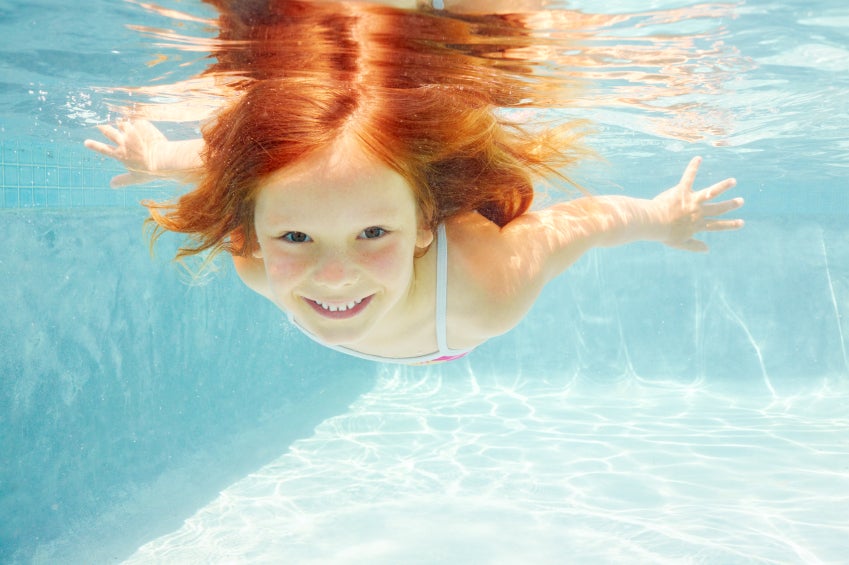
Warmer weather calls many people to the water - whether that be to area lakes, rivers or pools. With more splashing, catching rays and fun in the sun, summer is also a high time for drowning. Fortunately, the latest research shows the number of drowning deaths is falling, but not for all age groups. Help keep you and your family safe this summer season, while also enjoying the warmer weather and time outdoors.
Latest Drowning Numbers
In a recent government report, researchers looked at data on drowning deaths from 1999 through 2010. They then studied the data to see what kind of patterns emerged. They looked at drowning deaths by age, sex, location, and even day of the week. The results may surprise you.
From the analysis, they found that drowning deaths are down overall in the U.S. They dropped 9 percent over the 10-year study period. However, drowning is still a major problem for younger children, especially boys ages one to four. Children in that age group are more likely to drown in a pool over the weekend.
Despite the downward trend, drowning rates appear to be on the rise for certain adults. In fact, those older than age 85 have one of the highest death rates from drowning. A 9.7 percent increase was also noted in adults ages 45 to 84. Many adults drown in natural water settings, such as lakes and rivers.
Water Safety Tips
As noted, drowning isn’t just a safety issue for children, as recent data shows it can happen to anyone at any age. Help keep drowning deaths down by:
•Learning how to swim. Formal swim lessons can reduce the risk of drowning for you and family members. In one study, researchers said that swin lessons lower the chance of drowning by 88 percent in children under the age of five.
•Swim with a buddy. It’s best to avoid swimming alone and in places that don’t have a lifeguard on duty.
•Practice proper pool safety. If you have young children, adult supervision is absolutely necessary. Install a fout-foot safety fence completely around the pool to help protect anyone who may come on your property unsupervised. Consider using a pool alarm to alert you if anyone falls into the pool. Also teach your child to ask you first before going outside near a pool or entering the water.
•Avoid drinking alcohol while swimming. It’s a major contributor to drowning deaths in adolescents and adults. Alcohol can impair your coordination and judgment.
•Be safe around natural bodies of water. Observe safety rules at area lakes and rivers and always have enough lifejackets available for anyone near the water or on a boat or raft. Children should always wear a lifejacket when on a boat or in a lake or river. At the beach, observe and follow the color-coded flags that indicate swimming conditions. Avoid entering the water if it’s choppy, rough or filled with debris.
In Case of an Emergency
Even when you try to stay safe in and around water, drownings can still happen. It often occurs quickly. In case of an emergency, follow these steps:
•Remove the person from the water right away. Check if he or she is breathing.
•If the person isn’t breathing, begin CPR immediately. Don’t waste time seeking emergency medical help. If others are present, ask them to call 911. The victim may spit up swallowed water while you are doing CPR.
•Continue CPR until the person starts breathing again or medical personnel arrive.
When traveling, apps like iTriage can help locate the nearest Emergency Department or Urgent Care Center when you need to find one quickly. Text “iTriage” to 31996 or click here to download. In Tulsa? Utica Park Clinic Urgent Care is located at 9245 S. Mingo and is open Monday - Friday, 9 a.m. to 9 p.m. and 10 a.m. to 6 p.m. on Sundays and holidays. Call 918-574-0250 for an appointment.
